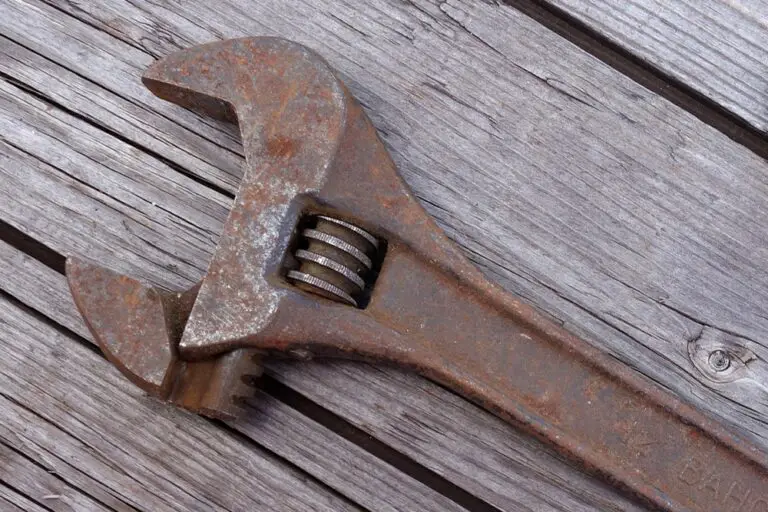Metal Alloys List | Properties of Alloys | Uses of Alloys
What are Alloys?
Alloys are a mixture of metals with one or more other elements/metals combined together. In the modern era, new alloys are designed to produce materials with the desired properties since most metals do not have those desired properties. Sometimes they may lack in one of the properties and to enhance all those properties, you would add another metal, and that way, you would always give the desired properties.
Alloys and Metals’ Physical Properties.
Alloys are much harder and more malleable than pure metals. This because, alloys additions disturbs the regular arrangement of the crystal lattice, leading to the formation of a new crystal lattice. Consequently, it provides a much harder and more malleable structure.
Alloys are also poor conductors of electricity because of the presence of impurities (other metals) composed that are composing the alloy. It disrupts the crystal, thus creating defects. When charge carriers move in an alloy, it would have many disruptions and become a poorer electrical conductor.
The component metals also determine the color of the alloy, and different components would choose the color.
Metal Alloys List
Brass
Brass is an alloy of copper and zinc. It is much harder than copper due to zinc presence, and the color is dependent on the zinc content.
The low zinc content results in a golden color hence used for imitation jewelry. The typical composition of brass is 67% copper and 33% Zinc.
Uses and Properties of Brass.
Brass is useful hardware items such screws and bolts, and it is used for these purposes because it’s hard, it’s readily machined, and it’s also corrosion-resistant.
It is also useful for musical instruments, decorative items, and doorknobs due to its luster.
Solder
Solder is also another alloy of lead and tin. The percentage would vary according to application. That means if some application requires more of the lead properties, it would have a higher lead content than tin content.
The proportion of the metals determined the melting point. But as you increase or decrease each of the metals that are inside the alloy, the melting point would vary in correspondence.
Uses of Solder
Solider is used to join metals together, a deer strongly to other metals, and it is molten and solid-state. Because of its endearing properties, it is used to join metals together.
There are two types of Solder.
- Electrician’s soldier -which is highly conducting, and it solidifies quickly. That means less heat damage.
- Silver solder– which does not contain any lead, lead, or tin, but it has silver, copper and zinc, (70% silver, 20% copper, and 10% zinc)
Steel
Steel is also another alloy of iron and can be categorized into carbon steel and alloy steel.
Carbon Steel
Carbon still has three main types of steel. There is mild steel, which has a low carbon content of less than 0.2%.
It’s soft, and it’s also malleable and ductile. It has these properties mainly due to its low carbon content.
It uses our car bodies, roofing nails, and chains.
Structural Steel.
It has a moderate carbon content of 0.3 to 0.6%. The properties include hardness and ductility.
Its uses are good is rail tracks and axles.
High Carbon Steel
It has a high carbon content of 0.6 to 1.3%. It is hot, and it has a relatively low malleability, which makes it useful for small tools, access, and cutlery.
Alloy Steels.
There are two types. Stainless Steel and Tool Steel
Stainless Steel.
Stainless steel has a metal composition of carbon, chromium, and nickel. The carbon content is relatively low, with less than 0.2%, chromium is around 4 to 30%, and nickel around 0 to 20%.
These may vary according to the application.
Properties of Stainless Steel
The corrosion resistance and it has a high tensile strength, which makes it very useful for kitchen sinks and cutlery on surgical appliances.
Tool Steel
Tool steel is also alloy steel. It has a relatively large carbon content, with 0.9 to 1.5%. It contains Tungsten -14 to 20% and molybdenum- 0 to 9%.
Properties include very hardness, high tensile strength, and heat resistance. These properties make it very useful for cutting tools and grinding tools.
